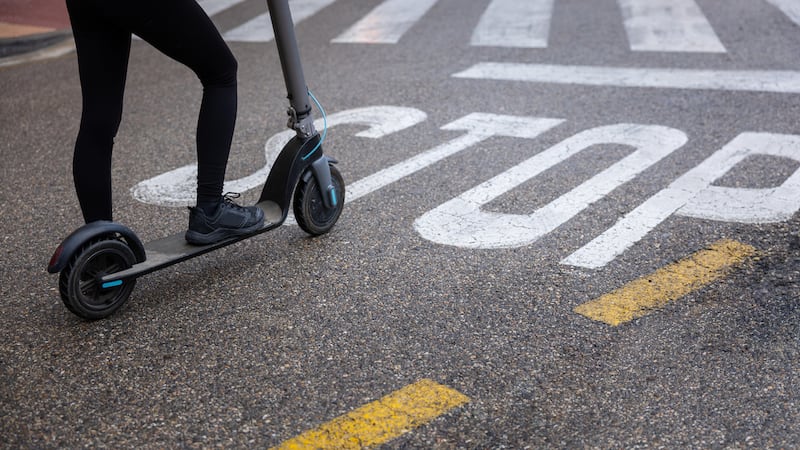Lock up your daughters and hide your valuables! The Vikings are back, and this time we don't have Brian Boru to save us.
The invaders slipped quietly into Dublin yesterday in a warship, an exact replica of the type that terrorised Ireland a millennium ago. But the news is not all bad.
Despite wearing period dress, the crew members are apparently not exact replicas of their forefathers - some of them are women, in fact. And thanks to pre-arranged sponsorship for their latest Irish visit, there are no plans at this stage for any sacking and pillaging on the trip.
Gaia - now docked at Custom House Quay - is an exact reproduction of the Gokstad, a 1,000-year-old ruin excavated in Norway in 1880 and since housed in a museum in Oslo.
A significant detail of that find was that the buried ship contained the remains of one Olav Geirstadalv, thought to have been first king of Viking Dublin.
So Gaia's visit may be an opportunity for the city to meet its maker.
Either way, the ship's two-month voyage to Britain and Ireland is designed to celebrate the Norse seafaring tradition. It is also one of the events marking the centenary of Norway's independence.
An added mission for the visitors is to reclaim ownership of the term Viking. According to Freddy Svanberg, project manager, the word derives from the Oslo fjord of Viken, part of the Vestfold county from which he and the crew come.
Vestfold is the "homeland of the Vikings," he says.
But things have changed a lot since the first Vestfolders sailed here, and not just because they now have project managers.
Although Gaia has 32 oar holes, like the original, it also includes a 75-horse-power diesel engine. Then there's the fact that it was built and named (after the earth goddess) "as a symbol of the environment" - a far cry from the old Viking ships which, before melting ice-caps, were the biggest environmental threat from the north facing Ireland.
The reparations begin today, when Gaia will be open for viewing to invited groups. Tomorrow and Saturday, it will be open to the general public. It then leaves for Wexford, where it forms part of a Viking festival next week.











